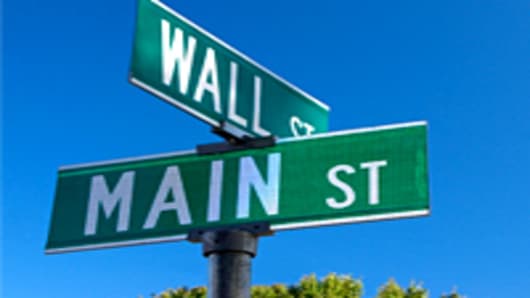US officials are split on how many financial institutions should be branded systemically important, say people familiar with inter-agency talks, amid desperate lobbying by non-bank financial groups to avoid the designation.
The Federal Deposit Insurance Corporation is arguing for a broad approach, pulling in large hedge funds, insurers and asset managers, while the Treasury and the Federal Reserve prefer to designate only a handful.
The new system aims to identify future AIGs and – by placing Fed examiners inside companies and forcing them to maintain higher capital and liquidity standards – stop the sort of dangerous risks the insurer took before its $180 billion government rescue in 2008.
Non-bank financial groups are engaged in their biggest lobbying effort since the passage of the Dodd-Frank financial reforms last year in an attempt to escape the net, which they fear will hit profits with hundreds of millions of dollars of extra costs and trapped capital.
Disclosure records released last week show that executives from BlackRock and TIAA-CREF, the asset managers, discussed the designation with Treasury officials in February. In January, DE Shaw and Paulson & Co, the hedge funds, met Fed officials and “expressed concerns that confusing information was circulating about both the process and likely analytical approach to designating”, according to the Fed.
Bank holding companies with more than $50 billion in assets are designated as systemically important automatically.
The private arguments are set to come to a head in May at the next meeting of the Financial Stability Oversight Council, the new group of all the regulators.
Daniel Tarullo, the Fed governor in charge of financial regulation, said last week the “initial list ... should not be a lengthy one”, putting into words a belief among Fed and Treasury officials.
“In part it’s because some of the obvious pre-crisis candidates– the large freestanding investment banks – have either become bank holding companies, been absorbed by [them], or gone out of existence,” he said, referring to the likes of Goldman Sachs , Merrill Lynch and Lehman Brothers.
However, the view is not shared by FDIC staff who have new powers to wind down a failing non-bank financial group and want to ensure there is very little chance of having to wind down an institution that is not subject to the tougher standards that designation requires.
Tim Geithner, Treasury secretary, has pointed to GE Capital and AIG as the sort of companies that should be on the list. The Treasury and Fed favor what observers say could be fewer than 10 names, while the FDIC’s approach could lead to three or four times that number.


